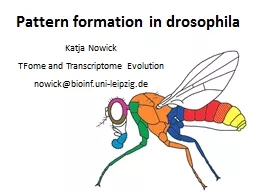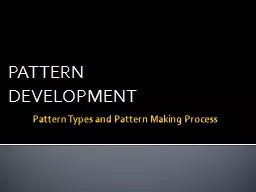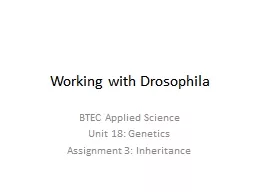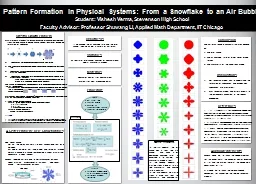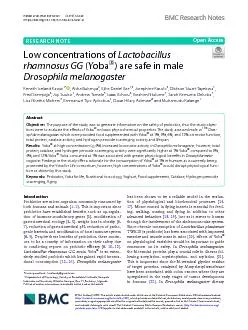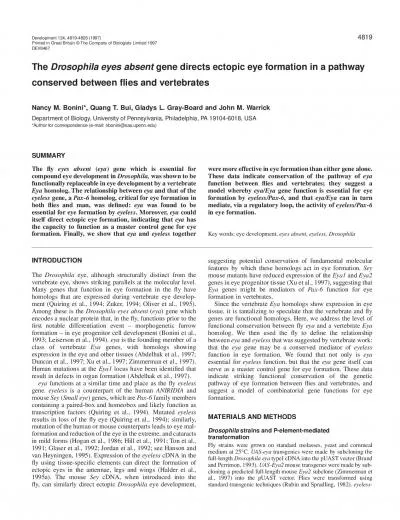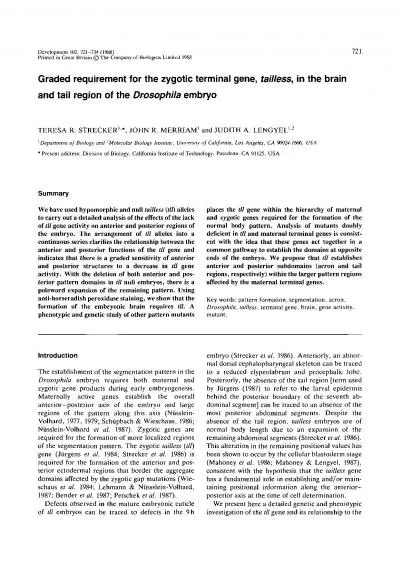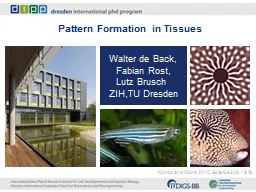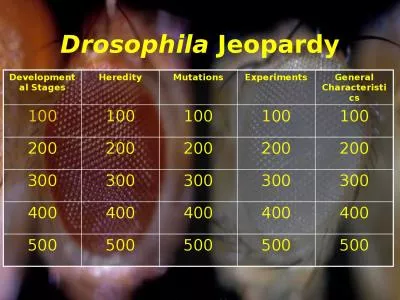PPT-Pattern formation in drosophila
Author : ava | Published Date : 2022-06-11
Katja Nowick TFome and Transcriptome Evolution nowickbioinfunileipzigde Single cell multicellular organism embryogenesis Larva embryo metamorphosis Adult fly
Presentation Embed Code
Download Presentation
Download Presentation The PPT/PDF document "Pattern formation in drosophila" is the property of its rightful owner. Permission is granted to download and print the materials on this website for personal, non-commercial use only, and to display it on your personal computer provided you do not modify the materials and that you retain all copyright notices contained in the materials. By downloading content from our website, you accept the terms of this agreement.
Pattern formation in drosophila: Transcript
Download Rules Of Document
"Pattern formation in drosophila"The content belongs to its owner. You may download and print it for personal use, without modification, and keep all copyright notices. By downloading, you agree to these terms.
Related Documents

